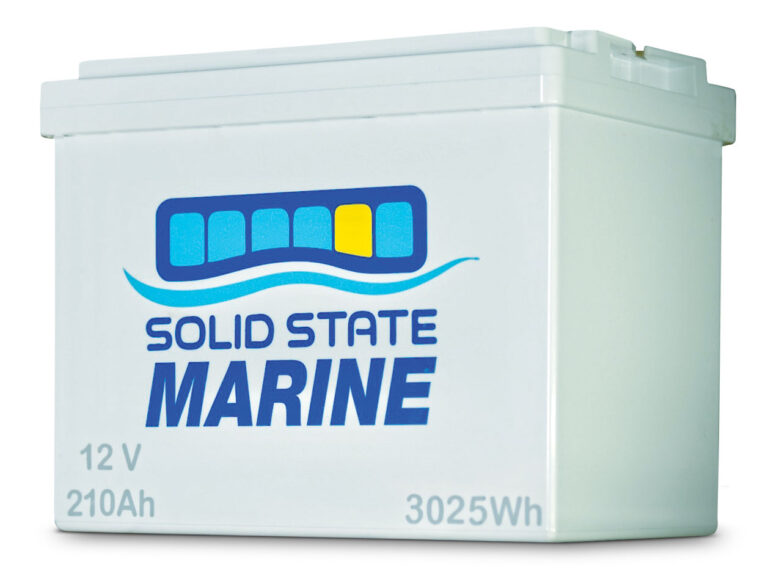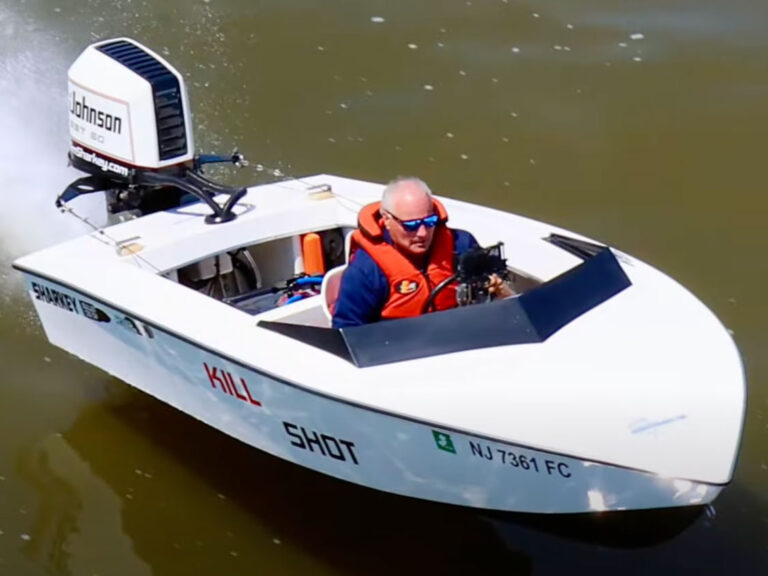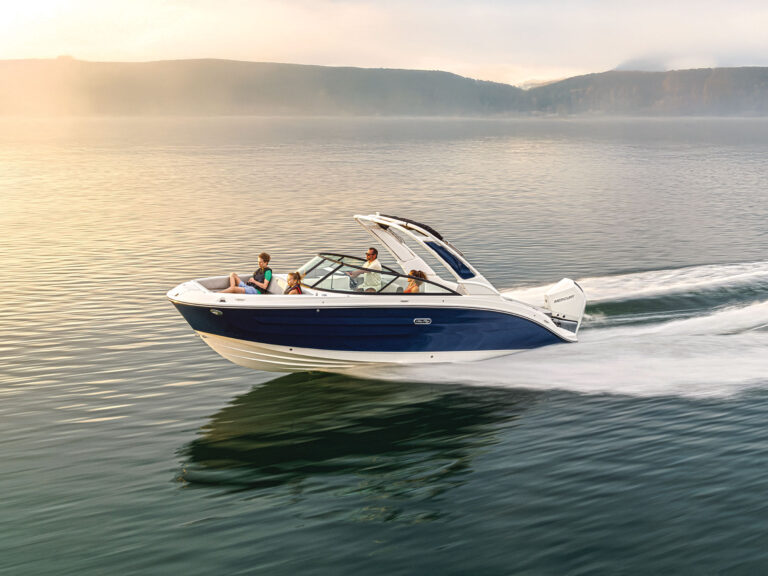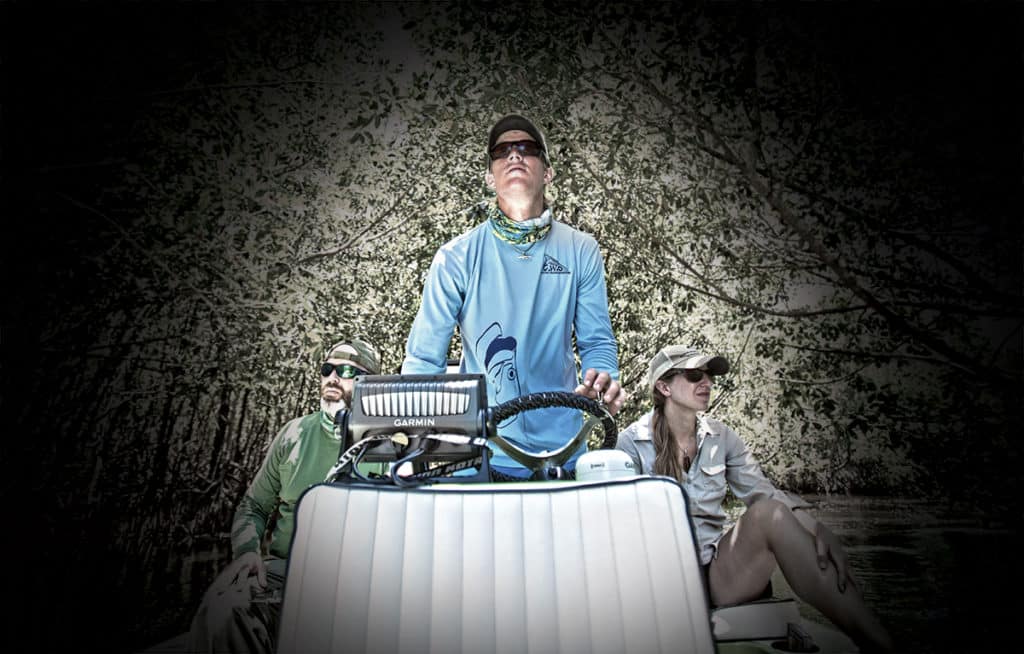
We’re skimming across Chokoloskee Bay, near Chokoloskee Island at the edge of the Florida Everglades, when fishing guide Skylar Fox points to a sandbar. The sandbar is just visible below a retreating tide.
“There,” he says, “is where they gunned down Ed Watson.”
Chokoloskee Island borders the Ten Thousand Islands area. The island itself is just outside Everglades City: part tourist attraction, part fishing village, and gateway to Everglades National Park. We’ve come here to explore with Fox and see just how far we can push back into the thick maze of mangroves that mark the Everglades. We’ve also come looking for the ghost of Ed Watson, one of South Florida’s most renowned outlaws, who lived — and was shot dead — here around the turn of the 20th century.
The problem is the Ten Thousand Islands are a labyrinth of curlicues of sand keys, mangroves and oyster reefs that will either strand you or gouge the bottom of your boat if you’re not careful. Thankfully, we had Fox, our guide for the weekend, to show us the way.
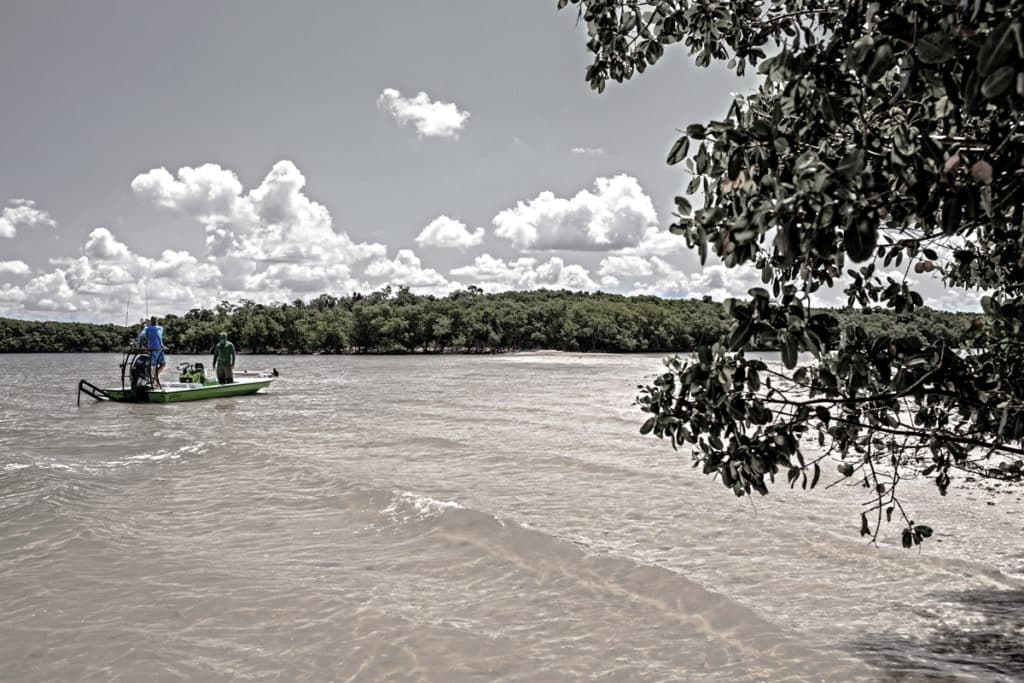
The Old Outlaw
In 1910, just after a hurricane blew through the Ten Thousand Islands area, a foot stuck up out of the mud. The townspeople saw the foot and knew. They knew it belonged to Hannah Smith, as some histories have it. Other histories say the foot belonged to a woman called Big Six, who worked on the Watson sugar-cane plantation and had the nerve to ask for her pay. They knew Watson, who came to the Everglades 20 years before to escape trouble, was probably behind that foot.
In Watson’s time, which was immortalized by writer Peter Matthiessen in his trilogy Shadowland, Everglades City and Chokoloskee Island were sparsely settled with either sugar-cane farmers or people who sold goods to those farmers. Now, still more a village than a city, the town is the gateway to Everglades National Park — and the mysterious Ten Thousand Islands.

We first meet Fox at the Everglades Rod and Gun Club. The lobby is filled with taxidermy — a Florida panther, the head of an alligator, a tarpon. All the dead things are aged to the same golden color. It’s a fitting place to start the chase of Watson’s story.
Originally from South Carolina, Watson came to the Ten Thousand Islands trying to escape a rumor that he had killed a man. But he got into trouble in South Florida too — he slashed a man’s throat in a barroom altercation. The man lived, but Watson fled to the Wild West. In the stuff of cowboy legend, Watson was accused and possibly cleared or possibly convicted of killing Belle Starr, another notorious outlaw. He then made his way back to the place in Florida where people went when they didn’t want to be found.
Again in the Ten Thousand Islands, Watson became a successful sugar-cane farmer. His syrup sold well, but history has it he also ran stolen goods from Key West. According to legend, he also wasn’t fond of paying his farmhands — instead, he killed them, allegedly, and buried them in the islands, never to be seen again. That is, until that hurricane blew through, and people saw that foot.
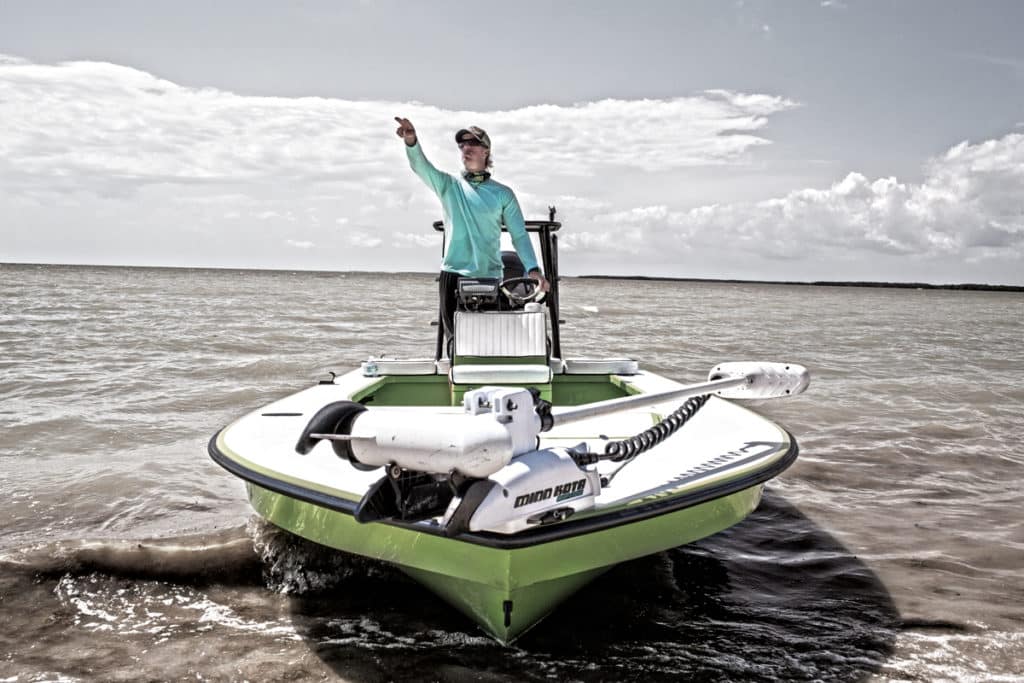
The Young Gun
We call Fox to say we’ve made it to town, and he says he’ll pick us up out back, so we wander behind the hotel, and there he is, unmistakable in his lime-green, 19-foot-2-inch East Cape Vantage skiff.
Fox, 23, of Fort Lauderdale, and his brother whetted their boating knowledge of the area as youngsters. They grew up visiting Everglades City with their family, which now owns a cabin there. When the Foxes were still in the single digits, their parents let Skylar and his brother run the family boat to a bridge — down a canal and out of sight of their cabin — and back. Eventually, Fox learned the whole region — where to hug the curve of a mangrove island to avoid oyster reefs at low tide, where to cut across a straightaway to find a channel, and how to avoid hitting bottom.
“You just take a beater boat out,” Fox explains. “When you find an oyster reef, you know not to go back there again.”
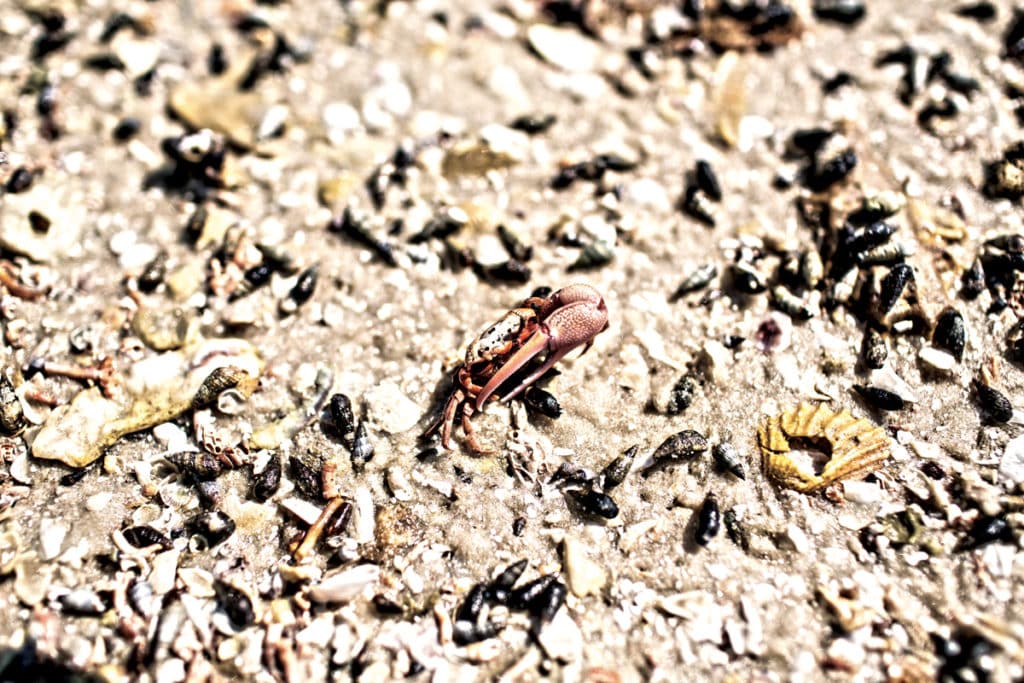
Now, on an afternoon tour of the Ten Thousand Islands, Fox pauses by an island that seems a little taller than most. Time and water have eroded its sides, but you can still see a small cliff of packed shells overgrown with mangroves. The Ten Thousand Islands were first settled by the Calusa, an indigenous people who made these mangrove islands habitable by packing them with shells to create solid ground.
The Calusa also built shell mounds from the remnants of their shellfish foraging. These mounds turned swampy mangrove islands into terra firma. When settlers came to the Everglades, they pushed the Calusa farther into the Everglades or out altogether, and then they took over the islands the Calusa had built, just like Mr. Watson did.
Fox continues through the mangrove islands, and the Gulf of Mexico opens up ahead of us. Away from the tannic waters of the Everglades, the Gulf waters are blue, and the sand of the outlying keys is white. We stop for a few minutes on Pavilion Key. Back in Watson’s time, settlers dotted these islands, netting mullet and growing alligator pears (avocados).
A juvenile sawfish swims in the shallows in front of us, a prehistoric shark with a long nose. The nose looks like a band saw, with serrated cartilage around its entire perimeter. They feed by sliding into a school of baitfish and slashing with that saw until they injure something. Seeing one underscores the wilderness of the Everglades. In a location so remote, preserved against development, it’s easy to see how Watson could feel outside of any human or moral law.
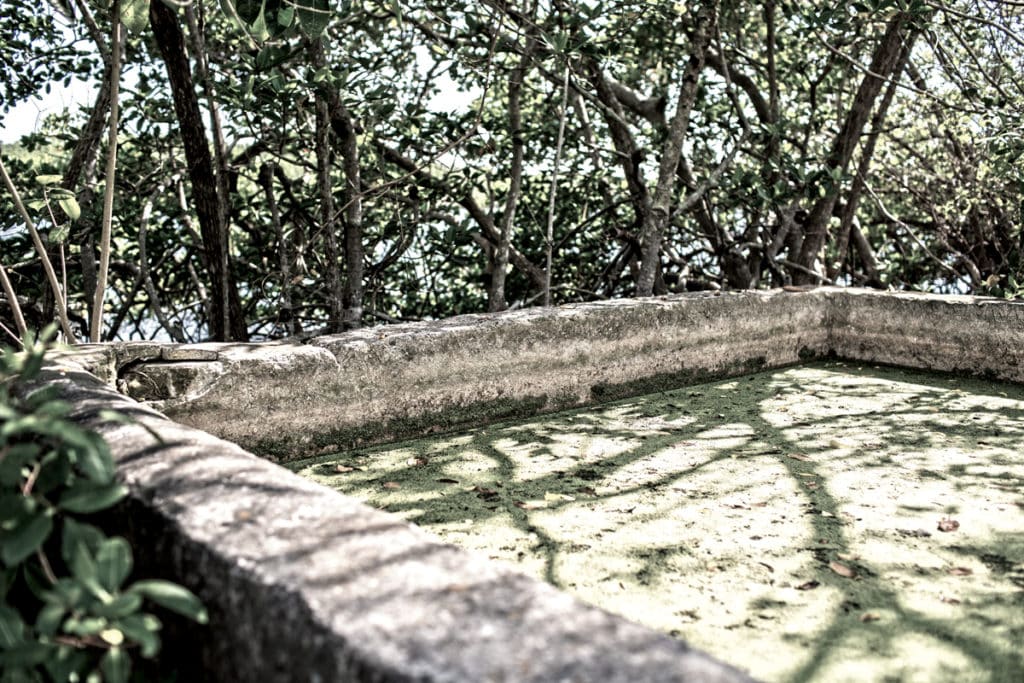
Finding Mr. Watson
After Pavilion Key, we continue, pushing back into the thick of the Ten Thousand Islands where Fox seems most in his element. The tip of Florida doesn’t come into a hard end like it looks on a map. Instead, it transitions from firmer ground into a labyrinth of mangrove islands and then eventually melts into the Gulf.
“Every island looks the same,” Fox says again and again as we boat across bays and cut between clumps of mangrove, reminding us how dangerous the area could be to newbies. Yet, out of the sameness, we find something different.
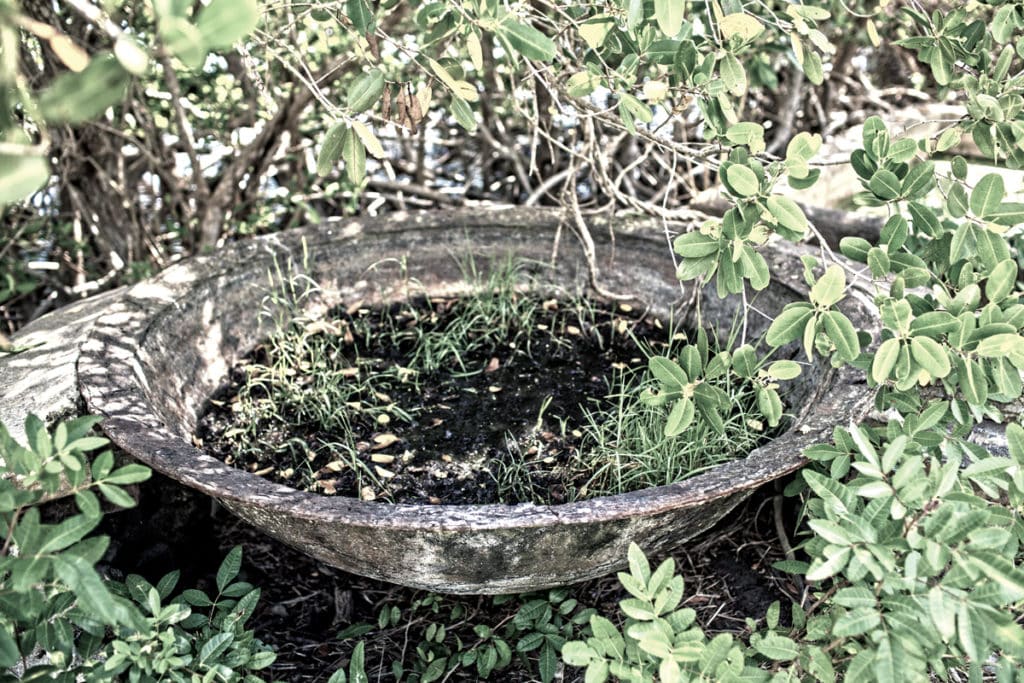
Watson’s place is now a historical marker and camping spot along the Chatham River in Everglades National Park. I can’t imagine the ability to live here at all, but in front of us is the old foundation of Watson’s house, and just off the corner, a crumbling cradle of bricks holds up a metal basinlike kettle where he evaporated sugar cane. A vine snakes around it and through the bricks. There’s a long, rectangular cement pool collecting rainwater, a green layer of scum growing on the surface. My arms — though I have long sleeves on — are instantly covered with mosquitoes. Fox says people who lived here would plaster themselves in mud for repellent.
I stalk around the perimeter of the clearing. There’s a trail heading off into the mangroves, and I duck into it. Fox asks me if I see anything. Under the best circumstances — on an island that didn’t have such a bloody history, real or rumored — the Everglades are totally indifferent to whether you live or die. There are many things that would like to eat you. But with the knowledge of this corner’s history, Watson’s brooding spirit and legacy, and the dull and heavy heat, the natural wildness takes on a human — and therefore more sinister — creep factor. I am ready to leave.
We shove off and continue up the river. We burst onto Last Huston Bay, and as Fox cuts across it, he asks if I can see where the inlet is, which is where we’ll head farther back into the Everglades. In this bowl of mangroves, I can see a line of trees lit by the afternoon sun. It’s the only sign of where the river empties into the bay. We head for it.
Far into the Everglades, the river narrows until Fox tips down his trolling motor and stands in the bow of the boat, pushing mangrove branches out of the way. We hang our heads over the side and watch for snook — one of the most prized game fish in this part of the world.
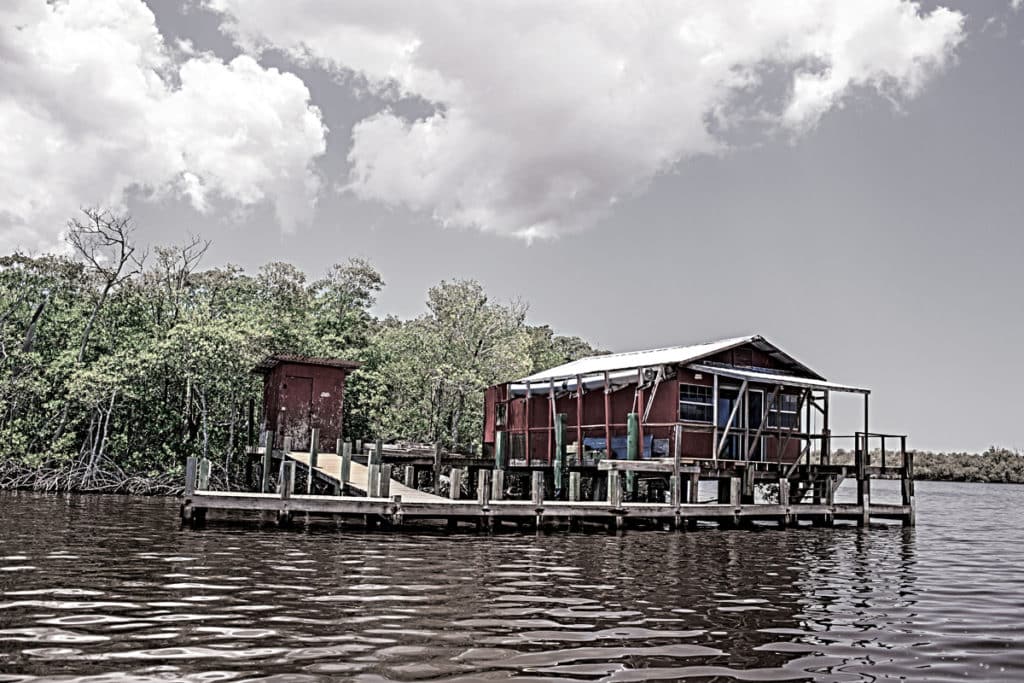
The river turns into a fine vein and twists back into the northwest corner of Last Huston Bay. We wind back toward Everglades City, the river eventually widening again. Fox speeds down its curves through the mangroves, his skiff biting into the turns. He doesn’t say much and doesn’t smile, but you know he loves this.
Back in town, we sit on a porch overlooking the canal, drinking beers while Fox’s neighbor and his dad tell stories: old fishing stories, stories about the drug running that was rampant in South Florida back in the 1960s. The area has always attracted outlaws, just like the infamous Watson.
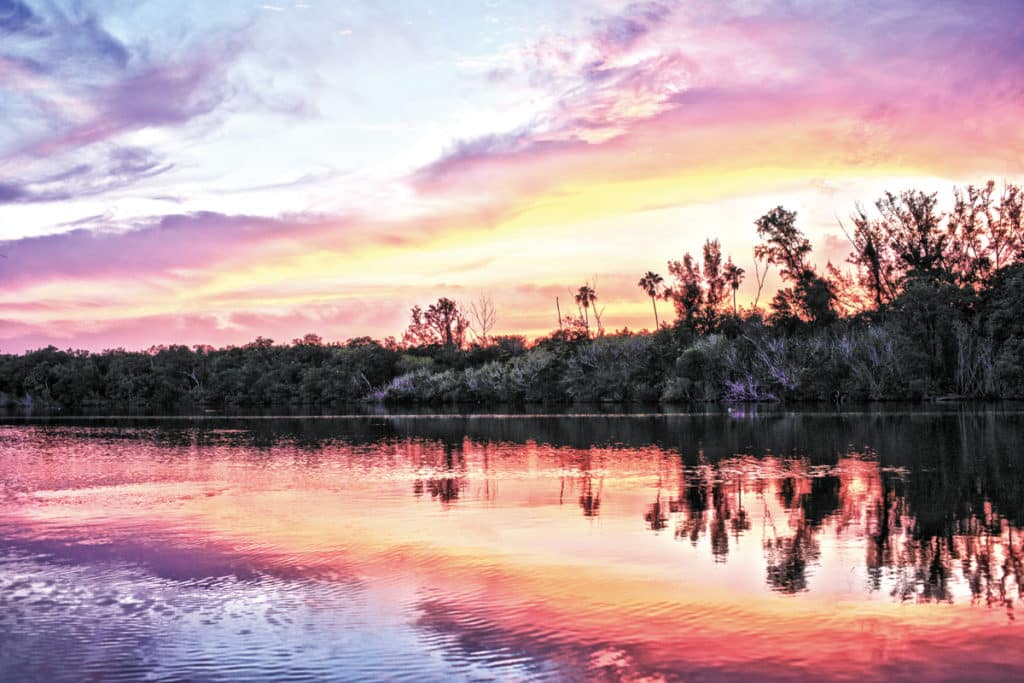
Back to That Foot
In 1910, after that hurricane blew through, people’s nerves were on edge. They found the woman’s submerged body, and a collective unease drove the townspeople to eye Watson. When he boated into town after the storm, the townspeople heard the sound of his primitive engine knocking and firing and they knew. They met Watson with their shotguns, and they weren’t inclined to negotiate. He had one on board his boat too. His shells were damp. Theirs weren’t.
Less than a mile from that sandbar, at the Fox cabin, we crack stone crab claws with little wooden mallets. After dinner, we put on long sleeves, pants, socks and bug dope, and head out into the night. I catch my first snook on a fly and, later, a baby tarpon that’s 15 or 20 pounds of anger in the dark. We release the fish quickly, wary of the alligators that live in the canal. It may be a century or so later, and there may not be a group of townspeople ready to take care of trouble, real or otherwise, but it’s still the edge of the Everglades, and it’s still just a little wild.
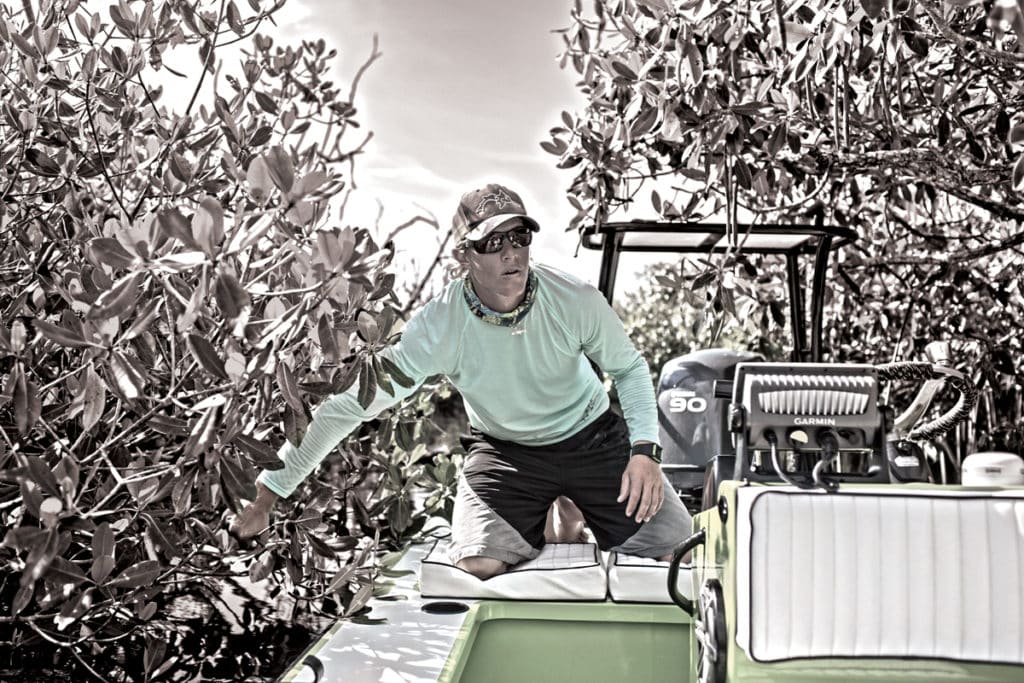
Skylar’s Shallow-Water Boating Tips
Here are some tips for navigating through shallow water that Skylar Fox has learned in his life and uses every time he heads out in his East Cape Vantage skiff.
1. Look at the mangroves. Tall mangroves on a shoreline mean, most of the time, that the water will be deep right next to the groves. If the mangroves are really short right to the edge of the water, it is likely a muddy and shallow bottom. That means, stay away.
2. The biggest mistake about boating in shallow water in the Everglades is to stay in the middle of any channel or bay. Most of the time, the deepest water is on the edges or nowhere near the middle, which is where most people think it is.
3. “If it is super-shallow, I idle over to deeper water and put my trim tabs down all the way,” Fox says. “I keep checking my prop wash while idling, looking for the cleanest water.” If it looks like chocolate milk, it’s no good for the engine water pump. “Once I find clean water, I trim my engine — not too high or too low — and position people in the front to add more weight forward. Then I punch it,” he adds.
4. “I will most definitely stay on plane if I see a muddy bottom because if I stop, I know I will be stuck for a while,” Fox advises. “Now if I’m running on the outside and see it’s really shallow, and I’m running over grass flats, I will get off plane and pole myself off the flat.”
5. “I definitely carry a spare propeller,” he says. “I’ve been stranded 30 to 40 miles from home due to a spun hub. That was around 10 a.m., and we didn’t see a boat until almost dark. We actually got saved by a boat that was wandering around. He was lost and didn’t know how to get back to port. We used our flares to get his attention.”






